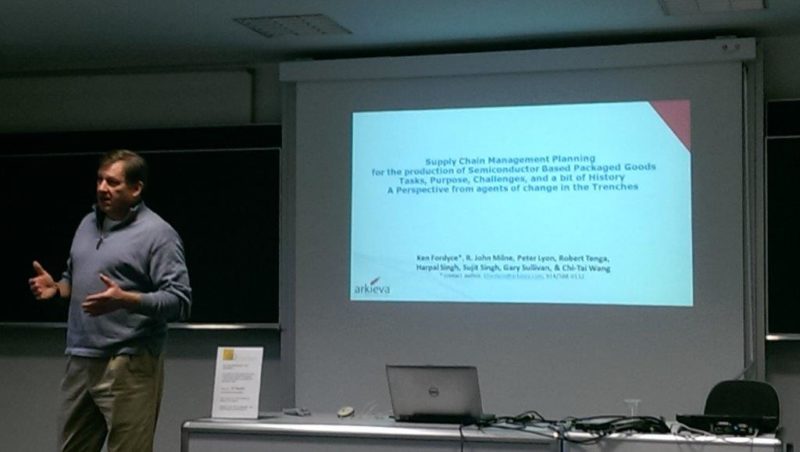I had the unique opportunity to attend the Dagstuhl Seminar “Modeling and Analysis of Semiconductor Supply Chains”, which focused on managing the end to end supply chain or demand supply network, as Intel refers to it.
Located in Wardern Germany, Schloss Dagstuhl is the Leibniz Center is where world-class scientists and promising young researchers and experts come together to exchange their knowledge and to discuss their research findings. Leibniz being the famous German mathematician and Philosopher who independently developed calculus and refined the binary number system, the foundation of virtually all digital computers.
With experts from industry and academia, the collective expertise and the pace of the conversation is more than I can capture in a short blog. But I will take this opportunity to highlight four items with respect to creating the “end to end” plan – aka master scheduling, Advanced Planning and Schedule (APS), supply planning, or Central Planning Engine (CPE).
What is the Purpose of the Central Planning Engine?
The Central Planning Engine is the control point for the flow of material within an organization, and focuses on how to best meet prioritized demand and business policy without violating temporal, asset (WIP and inventory), or capacity constraints. It creates a projected exit supply linked to demand and synchronized targets for each element of the supply chain.
Which Solver for the Central Planning Engine?
The core Central Planning Engine process matches assets with demand to best meet business objectives. This requires “searching and evaluating” different options. Conceptually no different than evaluating moves in chess or bridge! The solver does this search and evaluation. There are currently two primary types of solvers: heuristic based and mathematical based. As it turns out there isn’t a clear set of evidence based guidelines on which method to use when. Additionally, little real research and development has occurred to do date to create other solver options. This will change over the next 5 years.
How much detail (granularity) to put into the Central Planning Engine?
Prof Ton de Kok (TU Eindhoven and Edelman Finalist 2005) made the astute observation putting in details to handle uncertainty is a path to confusion. If the uncertainty is inherent in the network (for example demand uncertainty) then “details” will not make this go away and in fact will make things worse. However, adding enough details to match the “control knobs” a planner typically uses is a critical success factor.
Modeling the human planner in the Central Planning Engine
The model is ran and the corresponding reports and analysis from the Central Planning Engine solution are the start of the planning process, not the end. This work supports the planner who has the subtle domain knowledge to navigate grey areas. For years the human was an afterthought in supply chain modeling. NO Longer – Dr. Iris Lorscheid from Hamburg University of Technology presented some fascinating work she is doing with Infineon I the area of agent modeling. This presentation alone was worth the airplane time.







